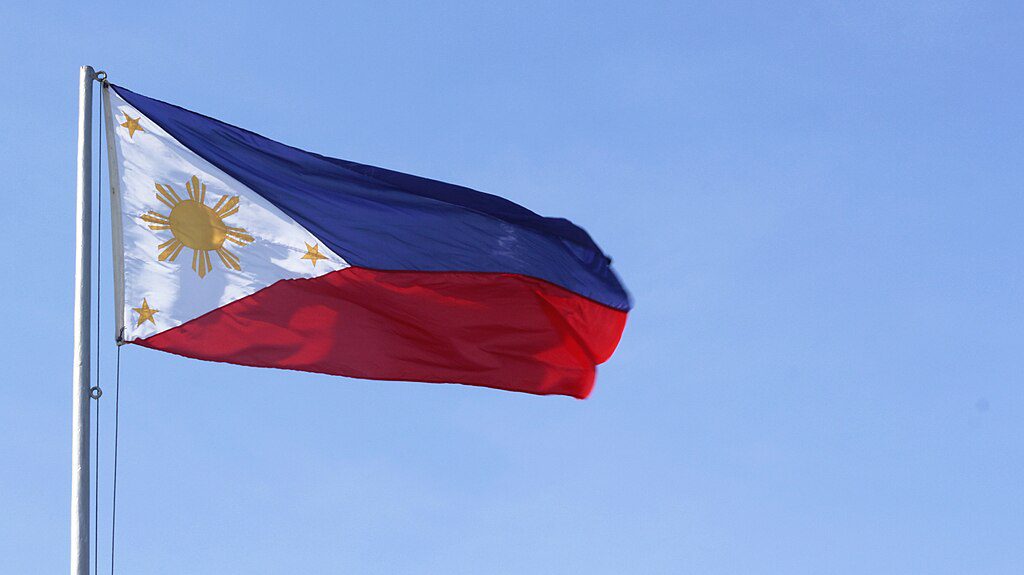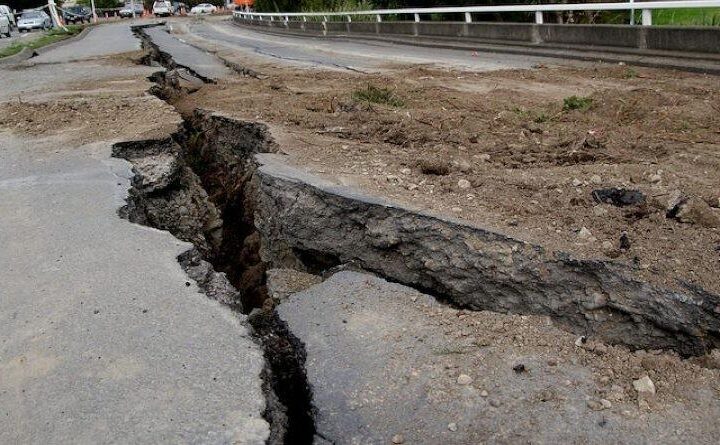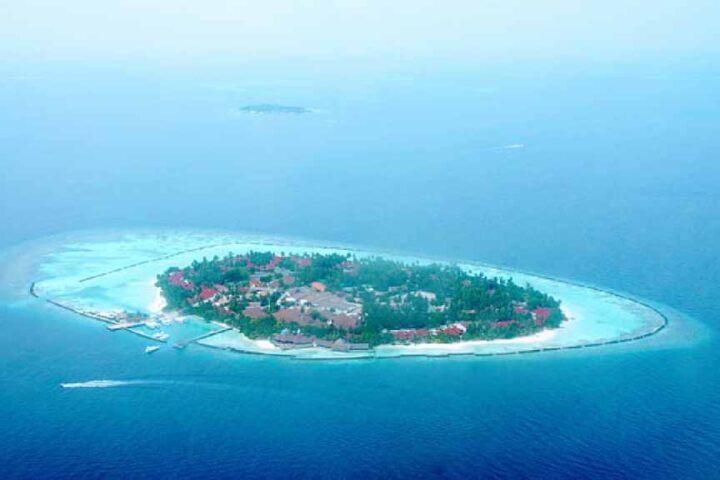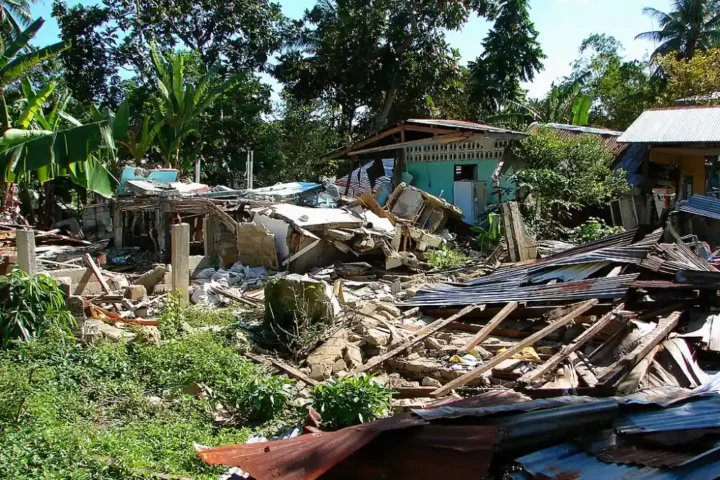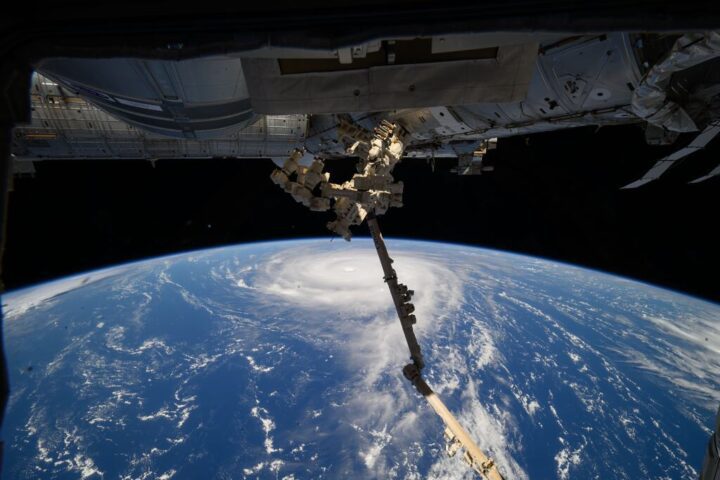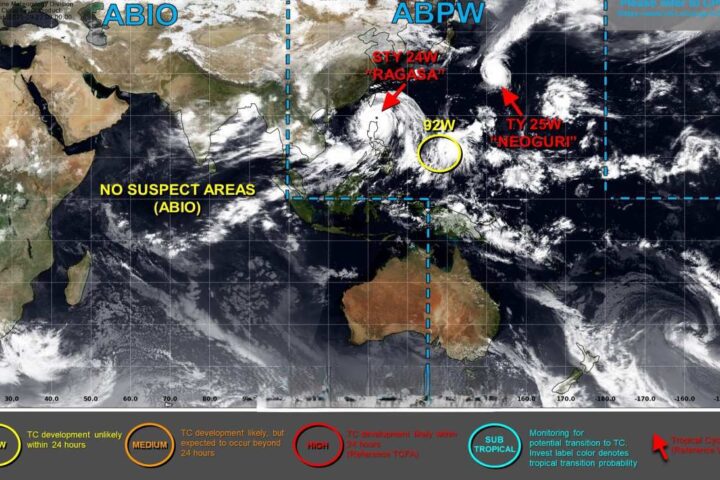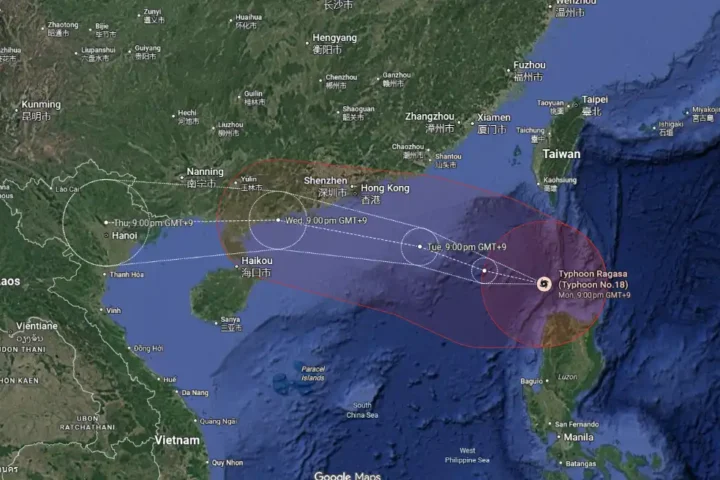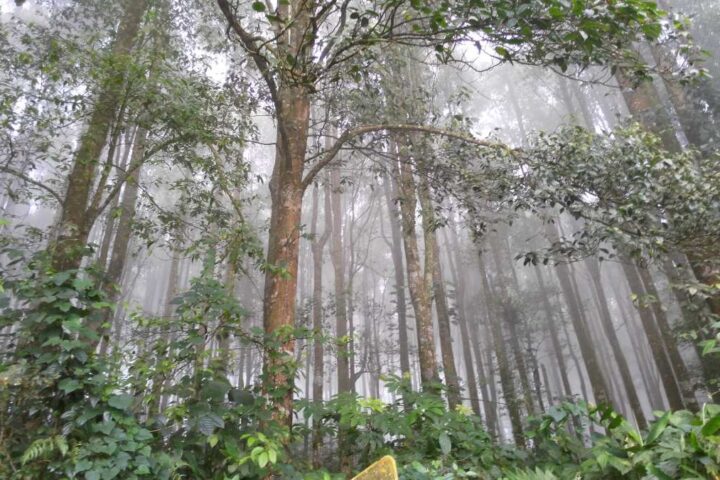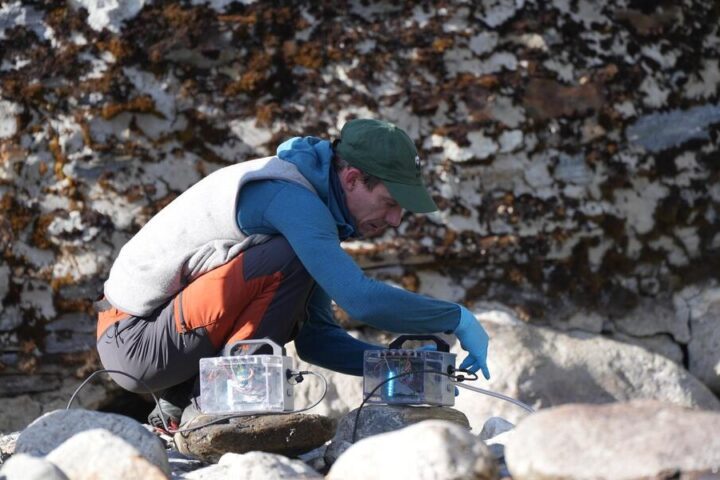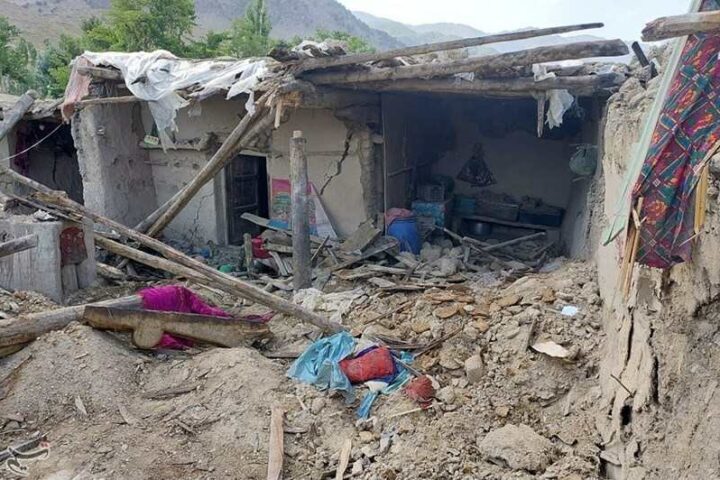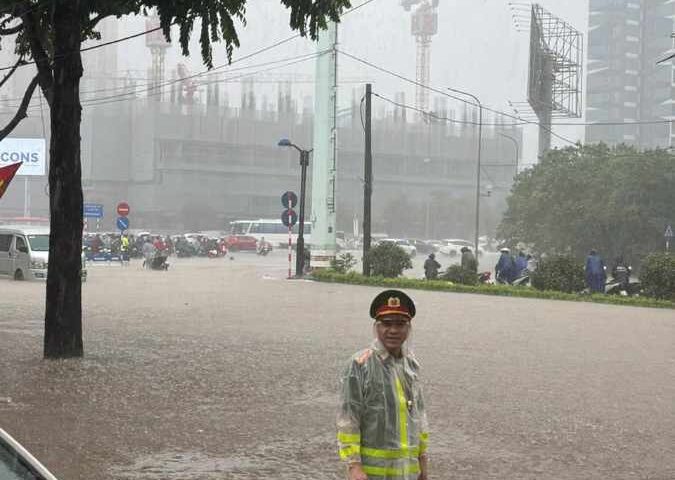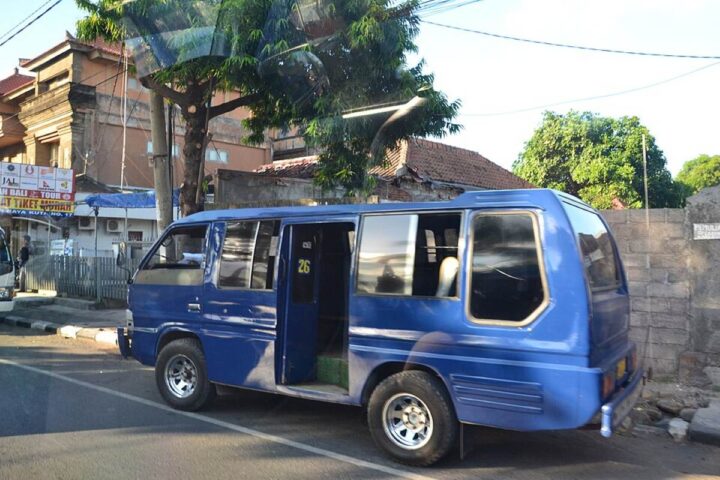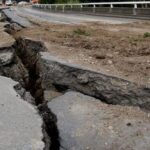A strong earthquake struck the central Philippines on Tuesday night, damaging historic churches and cutting power across several islands. The 6.9 magnitude quake hit at 9:59 p.m. on September 30, 2025, near Bogo City in Cebu province.
People ran into the streets as buildings swayed. The quake was shallow – just 5 to 10 kilometers deep – which made the shaking more intense. Cebu City and nearby areas felt the strongest tremors.
Early reports show between 5 and 20 people have died. In San Remigio, several people were killed when a sports complex collapsed during a basketball game. Among the dead were Coast Guard members and a firefighter.
Two important historic churches suffered heavy damage. The Archdiocesan Shrine of Santa Rosa de Lima in Daanbantayan partially collapsed. In Bantayan Island, parts of the Parroquia de San Pedro Apostol’s facade fell during the shaking.
Power was knocked out across wide areas. The National Grid Corporation reported that Leyte, Samar, and parts of Bohol lost connection to the main power grid. Four major power lines were damaged, and the Daanbantayan electrical substation was hit hard. Officials said they would provide updates every four hours as they work to restore power.
Similar Posts
Officials temporarily closed the Mandaue-Mactan First Bridge for safety checks. PHIVOLCS (the Philippine volcano and earthquake agency) issued a warning about possible small tsunami waves under one meter high. They advised people to stay away from beaches in Cebu, Leyte, and Biliran. By early morning on October 1, they canceled this warning, saying any sea disturbances had passed.
Schools across several Cebu cities will remain closed on October 1 while buildings are checked for damage. This includes Lapu-Lapu, Talisay, Mandaue, Minglanilla, and Consolacion.
Cebu’s Governor Pam Baricuatro asked people to stay calm and said, “Know that the provincial government is doing its best. Help is coming.” She said the president’s office promised to send aid quickly.
The Philippines sits on the “Ring of Fire,” a line of frequent earthquakes and volcanoes around the Pacific Ocean. This makes the country prone to earthquakes.
Experts say people should expect aftershocks – smaller quakes that follow the main one – and should avoid damaged buildings that might collapse during these aftershocks.
